The Coastal Discovery Museum is centrally located on Honey Horn Drive on 86 acres along Jarvis Creek. This free museum in the Lowcountry sits on a gorgeous scenic, historic plantation named Honey Horn in the picturesque Lowcountry of Hilton Head Island South Carolina
Hilton Head Coastal Discovery Museum is a Smithsonian Affiliate allowing the museum to collaborate with the Smithsonian to share collections and exhibits and provide additional educational and research opportunities. Visitors to Coastal Discovery Museum, through historical exhibits, environmental displays, cultural references, and art, can learn about the Hilton Head region of South Carolina.
Just a 15-minute drive from our hotel at the Hilton Garden Inn, when we first visited the museum, we honestly thought that we’d stop in for an hour or so and then leave. Foolish thinking I now know because we ended up spending hours strolling throughout the expansive plantation property. Consider a stop at Coastal Discovery Museum when you’re planning out things to do in Hilton Head SC, it is well worth the trip.
Read the article about our hotel stay at the Hilton Garden Inn here.
TIP: If it’s Tuesday morning, you can shop local at the Coastal Discovery Museum Farmers Market
Gullah Culture Preservation is a Priority at Coastal Discovery Museum
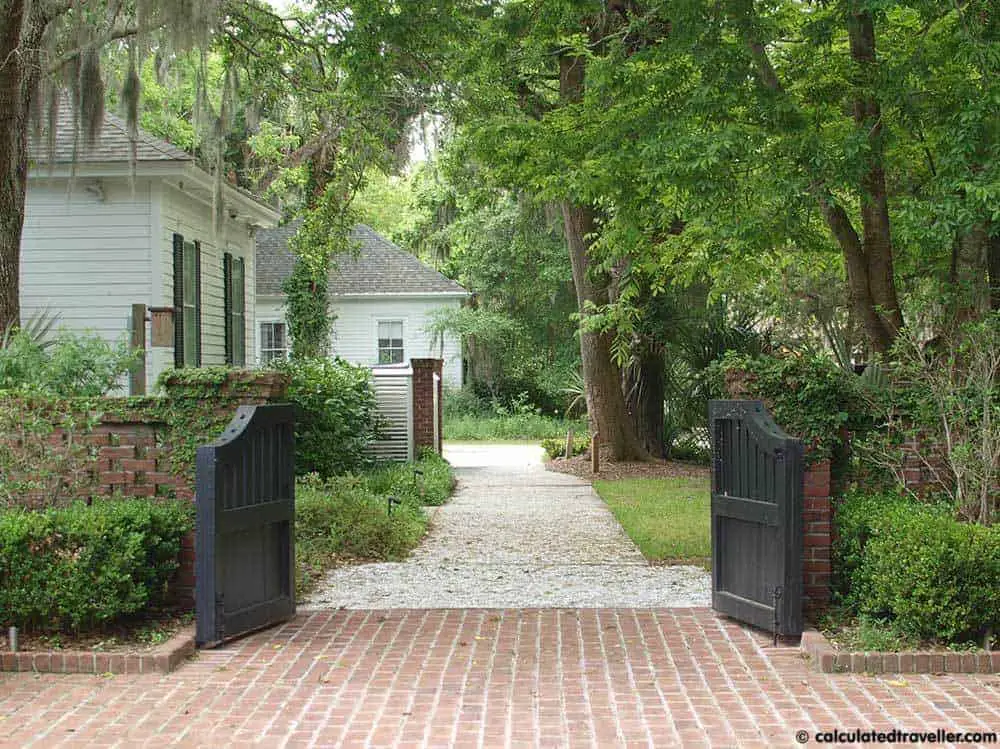
Not only did we learn about the landscape of the region and the cultural history of the Gullah people, but we had a lovely stroll along the many trails through the salt marshes. It was a great day as we explored the boardwalks, butterfly garden, visited with some horses, experienced the nature of Jarvis Creek, and we even had a little picnic lunch on one of the benches.
Gullah describes both people and the culture of African Americans living in the Lowcountry of South Carolina and Georgia. The Gullah language has preserved through generations. It encompasses several West African languages interspersed with English.
Families with children will enjoy the Kid’s Zone. Located inside the Discovery House, it offers family fun. Adults and children can learn about the natural history of Hilton Head Island. Through interactive toys, puzzles, books, and costumes, families can immerse themselves in the culture and history of the region.
Visit the Coastal Discovery House First

In 2007 the Coastal Discovery Museum moved to Honey Horn Plantation. The Discovery House greets visitors and contains both permanent and temporary exhibits as well as a gift shop and a meeting room. Visitors can also register for guided tours to learn about the history of the property.
In 1854, William J. Graham and his wife purchased the property from John Hanahan and subsequently built the main house (now the Discovery House). Before that, Hanahan grew cotton on the land. It became known as the Honey Horn Plantation; likely a Gullah pronunciation of the surname, Hanahan.
Additional buildings on the site include the two Manager’s Houses. The Supervisor’s House is the second oldest building and houses space for classes and workshops. John Lawrence built the other home on the property for his daughter Margaret Lawrence and her husband, Ted Armstrong. The Armstrong Hack house now serves the museum office.
Stroll Along Tabby Walking Paths Lining the Honey Horn Plantation Landscape
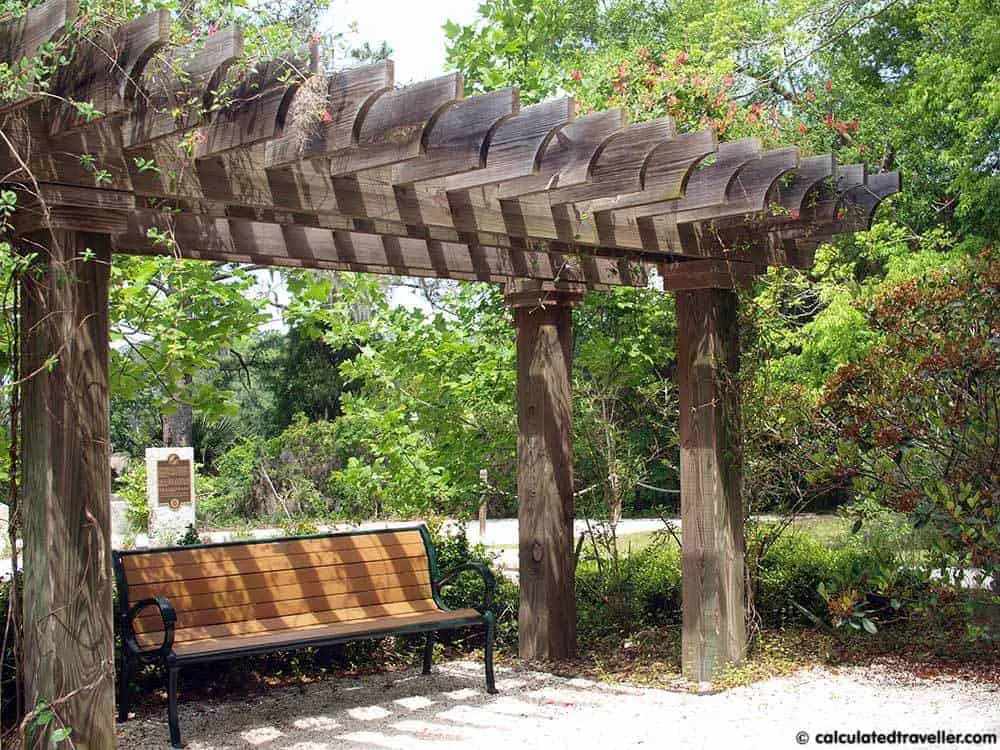
Strolling through the grounds at Coastal Discovery Museum under the canopy of moss strewn live-oaks, visitors will also notice the tabby walkways underfoot. Tabby is burnt oyster shells that are mixed with water, sand, and bits of other oyster shells to create a durable and inexpensive concrete. The Hilton Head Hall of Fame site located at the museum also incorporates tabby into the pedestals that house bronze plaques depicting Hall of Fame honorees.
Visit Coastal Discovery Museum to Explore Hilton Head Plant and Animal Life
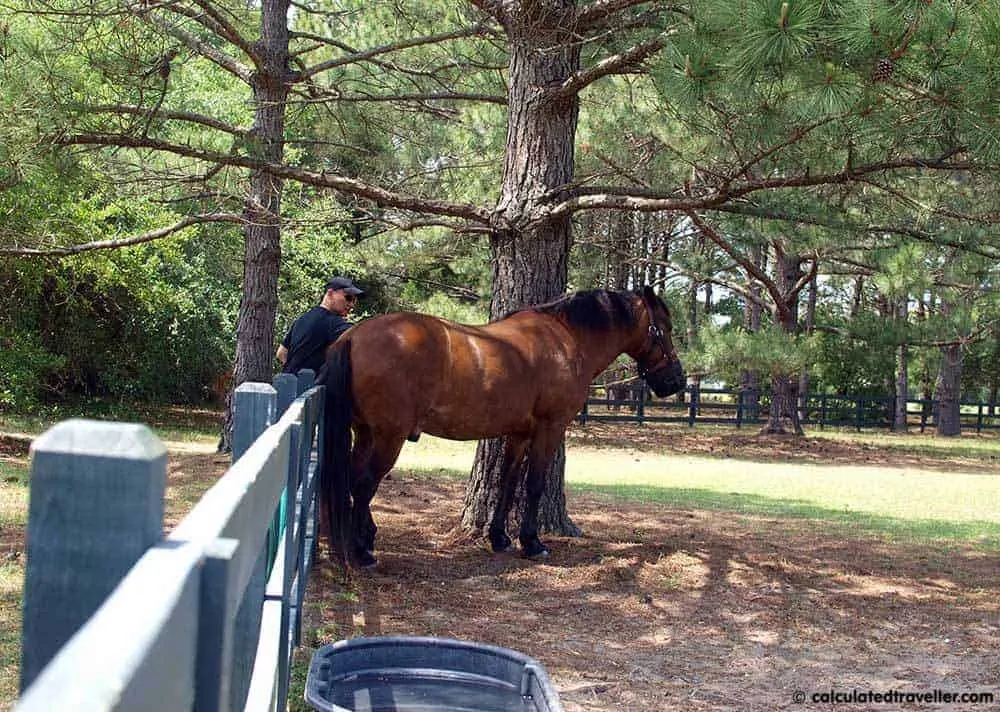
Hilton Head Island has a unique history around the horses that live at the Coastal Discovery Museum. The Gullah people used Marsh Tacky horses for hunting, transportation, and farming. The Karen Wertheimer Butterfly Garden is an inviting spot to enjoy the monarchs and swallowtails. Kids will delight in experiencing the butterfly life-cycle transformation through displays within the enclosure. For extra family fun, head over to the Carnivorous Plant Garden. Here kids can watch a Sundew Plant or Venus Flytrap devour insects.
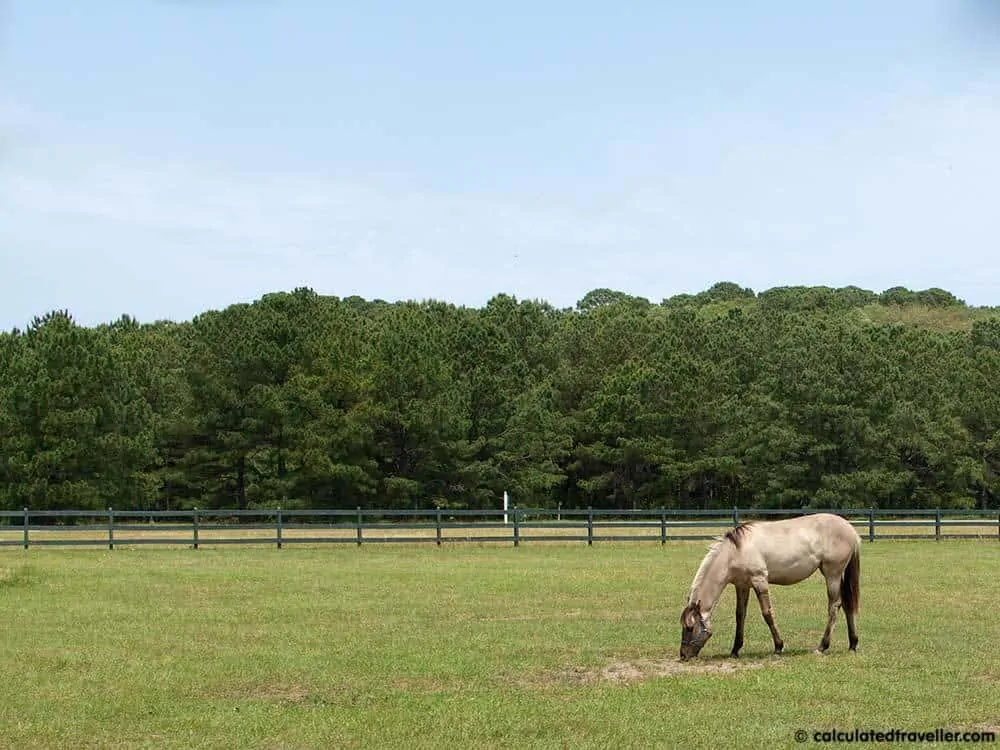
While the Camellia Garden boasts over 120 varieties of camellia, the Heritage Crops Garden details several years’ history of native plants of South Carolina. From medicinal plants used by Native Americans to those grown by Gullah islanders, this botanical perspective of history is sure to be of interest.
Coastal Discovery Museum takes great care to ensure that other pollinators aside from butterflies have what they need to keep the gardens looking pristine. Visit the Insect House made entirely from bamboo where bees, hornets, wasps and other pollinators congregate. There’s also a dragonfly pond where you spend a few relaxing moments watching this beautiful insect skitter along the top of the water working to keep the mosquito population under control.
Immerse Yourself in the Beauty of the Lowcountry Salt Marsh
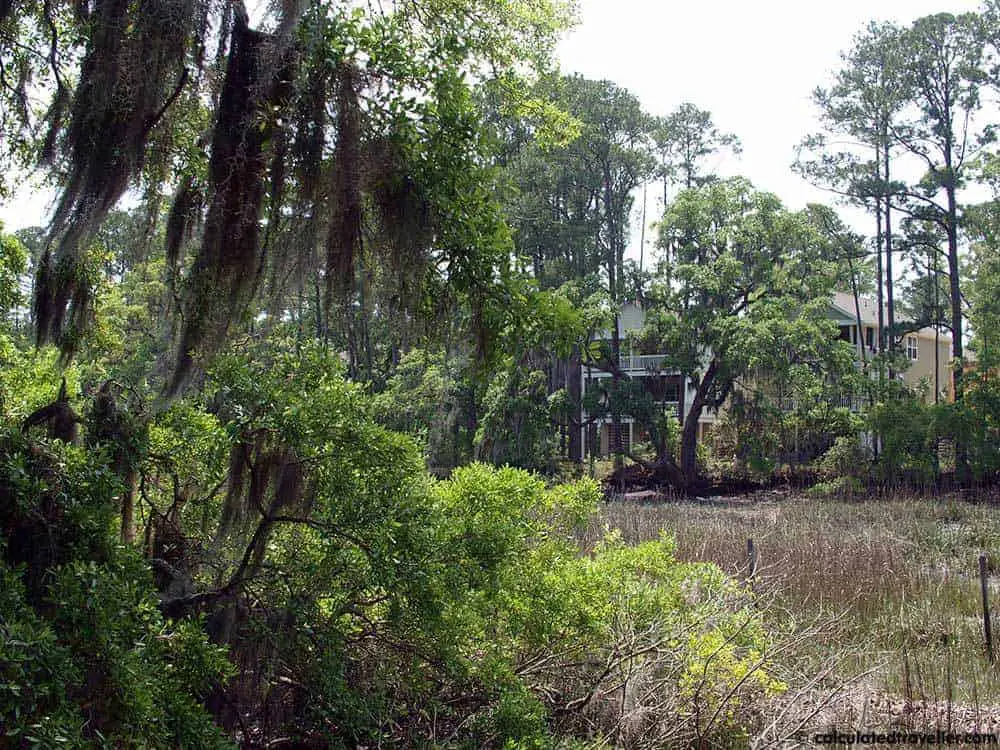
Jarvis Creek snakes its way along the border of Coastal Discovery Museum property. The salt marsh is home to countless marine life and sea birds like osprey and the white ibis. Visitors can explore the marsh via three boardwalks that jut out into the Jarvis Creek. These boardwalks offer an up-close view of fiddler crabs, egret, and other animals. Take in the scenery from The Oyster Alley Boardwalk, Osprey Outlook Boardwalk, or the Fiddler Crab Cove Boardwalk. Visitors can learn more about the plants and animals found along the salt marsh and estuaries. Live oaks dominate the landscape of the Honey Horn property.
Decorative Bald Cypress, Ginkgo, Southern Magnolias and Bald Cypress trees line Honey Horn Drive. Visitors can learn about the trees planted on the property through the interactive signs that identify their history and biology.

A visit to the Coastal Discovery Museum is an ideal way to spend an afternoon on Hilton Head Island. Visitors of all ages can explore and learn about the history of the region and the Gullah culture. Consider taking a guided tour or a Sweetgrass basket weaving class to immerse yourself in the rich Southern history of the Lowcountry.
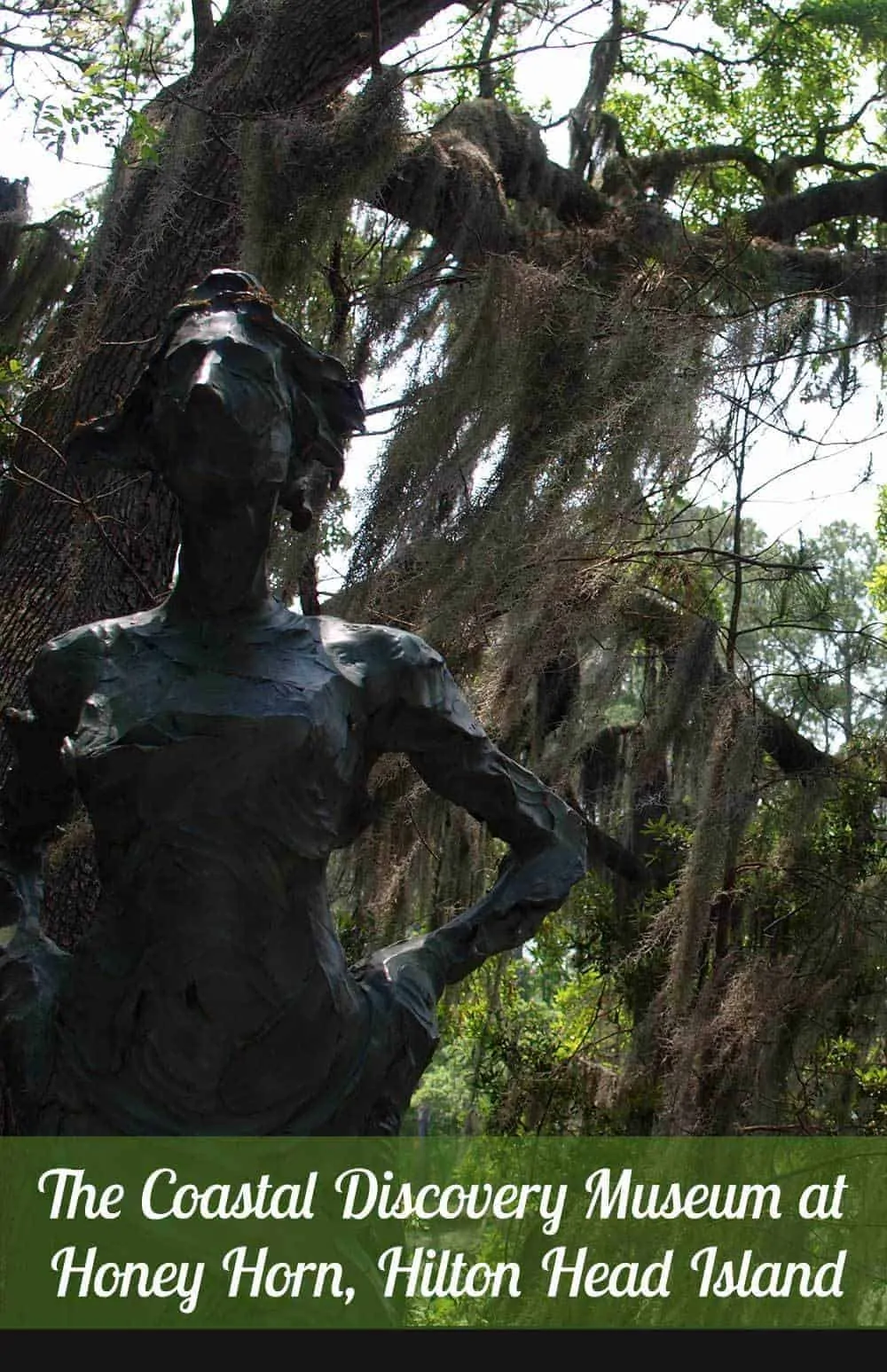
Have you visited Honey Horn? I’d love to hear what you loved the most about the discovery center, let us know in the comments below.
Read more about Hilton Head Island:
– Bluffton South Carolina – A Charming Photo Essay
– Lowcountry Backyard Restaurant

